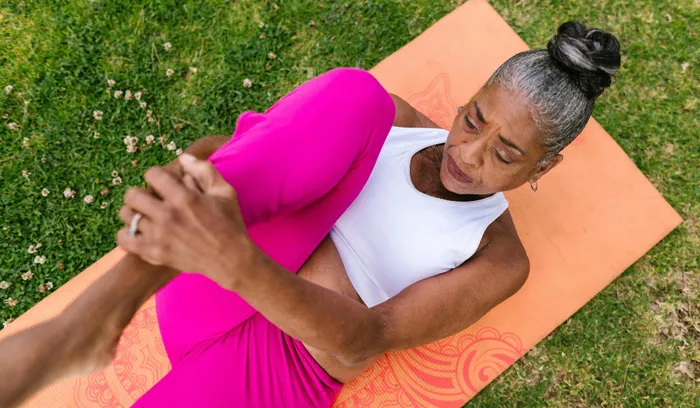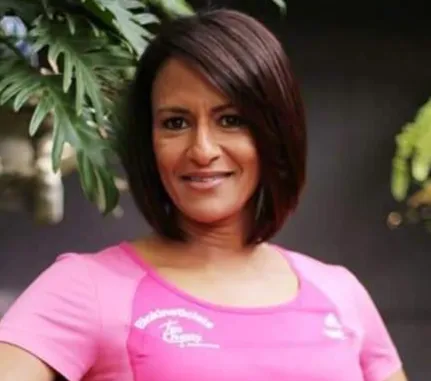You don’t stop exercising because you’re old, you get old because you stop exercising
Link between movement and ageing

Muscle mass, bone density, balance, and joint mobility all diminish rapidly when left unused, says the writer.
Image: RDNE Stock Project/Pexels.com
A PHRASE I often share with my patients is: “You don’t stop exercising because you’re old, you get old because you stop exercising.” It’s more than just a motivational line. It’s science, it’s prevention, and it’s a reality I see daily in practice.
Ageing vs deconditioning
Many people believe that slowing down, losing strength, or struggling with mobility are simply a result of ageing. While age certainly plays a role in how our bodies respond, the truth is that much of what we call “ageing” is actually deconditioning, the decline that comes from reduced movement and exercise.
Muscle mass, bone density, balance, and joint mobility all diminish rapidly when left unused. This is not about being 60, 70, or 80 years old. It’s about inactivity.
Think of it this way, the body is designed to adapt to the demands you place on it. If the demand is minimal, the body adapts by conserving energy and reducing strength.
The cost of not exercising
When you stop exercising, you don’t just lose muscle tone, you set off a chain reaction:
- Muscle weakness increases fall risk.
- Joint stiffness makes daily tasks harder.
- Bone density loss increases risk of fracture.
- Poor circulation leads to poor energy levels.
- Poor balance and coordination affect independence.
These are not inevitable outcomes of age. They are the result of disuse.
The benefits of moving at every age
The human body is incredibly adaptable no matter your age. Research consistently shows that exercise improves health outcomes for older adults just as it does for younger people. In fact, strength training, mobility work, and cardiovascular exercise can:
- Increase muscle strength and endurance.
- Improve balance and coordination.
- Enhance bone health.
- Boost cognitive function and mood.
- Reduce the risk of chronic disease.
One of the most powerful things I witness as a biokineticist is the transformation in confidence when an older adult realises they can regain abilities they thought were lost forever.
Where to start
The goal is not to train like an athlete but to keep moving in ways that support your life. A well-rounded program should include:
- Strength training to preserve muscle and bone density.
- Mobility and flexibility work to keep joints healthy.
- Balance exercises to reduce fall risk.
- Cardiovascular activity for heart and lung health. It’s not about doing everything at once, it’s about building consistency. Even small amounts of daily movement create momentum.
My perspective as a biokineticist
I’ve seen patients in their 70s and 80s regain strength, stability, and independence through structured exercise. The difference between someone who has stayed active and someone who has been sedentary is profound, not just in physical ability, but in mindset and quality of life.
Exercise is the closest thing we have to a fountain of youth. The moment you stop moving, you invite decline. The moment you start again, you invest in your future self.
Ageing is inevitable, but becoming frail doesn’t have to be. You don’t stop exercising because you’re old, you get old because you stop exercising. The choice to move is the choice to live fully, at every age.

Tas Chetty
Image: Supplied
Tas Chetty has more than two decades of experience as a biokineticist, with a 12 year background in teaching prior to entering private practice. She has worked extensively with patients from post-surgical rehabilitation to chronic conditions and athletic performance , always with the philosophy that movement is medicine. Her practice, Durban Biokinetics, has grown into a rehabilitation and wellness center, offering personalised programs designed to restore mobility, improve strength, and enhance overall quality of life.
Related Topics: